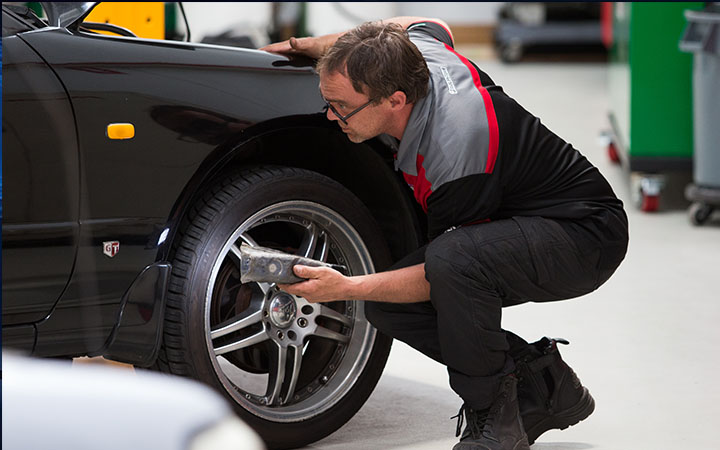To find out, late last year a team from Capricorn undertook a study into several key European markets where EV uptake is more advanced than it is in Australia and New Zealand. The team wanted to understand what lessons could be learned from the experiences of automotive aftermarket business owners in the UK, Norway and Sweden, and bring that information back to help Members prepare for the transition to EVs. In Norway, EVs represent over 80 per cent of new car sales and 1 in 4 cars on the road, making these markets useful to study (while also considering the nuance of each market’s characteristics).
Around the same time as the team’s visit, the State of the Nation 2022 report was released and showed 39% of Members were still seeing no EVs or hybrids at all in an average month. Those who did see EVs averaged seeing only four a month. So, the aftermarket’s engagement with EVs is still small. But, crucially, those numbers are set to increase as government policies favour the adoption of EVs and OEM EV supply chains ramp up.
Capricorn’s Chief Innovation and Transformation Officer, Kim Radalj, attended the European study. The key takeaway? Safety and training are paramount when it comes to servicing EVs.
“What we saw across all countries was a commitment to safety when handling EVs,” Kim said. “That’s because while not all service work requires access to high-voltage circuit components, being able to safely avoid those circuits requires a working knowledge of an EV’s makeup. Even modern hybrids pack a punch.”
Kim noted, “The biggest impact to workshops wanting to service EVs seemed to be the investment in people to ensure they have the right training and safety practices handling high voltage. Some tooling is required but this only starts to get super expensive if workshops are undertaking battery maintenance and repair.”
Servicing EVs is absolutely a learnable skill set, but if you want to service them in your workshop, it means an up-front investment in training. Technicians will need an understanding of batteries and a knowledge of electrical flows and concepts. Even a task as seemingly simple as powering down a vehicle so that it is safe to work on requires a certain level of upskilling. Basic training takes about 20 hours, some of which is hands-on and some of which (such as an introduction to EV systems and safety) can be delivered online from overseas.
These are important considerations for workshop management, as training not only needs to be paid for, but it also means technicians taking time away from the business. According to Kim, “Equipment estimates for non-battery repair work came in at only $5000 of equipment needed. The bigger costs were training-related and data.”
Thinking through the spatial considerations of high-voltage servicing in advance was also an important learning from the team’s visit. For example, in workshops visited on the research trip, highvoltage work needed to be cordoned off and kept separate. The team also saw examples of batteries being quarantined from the main workshop area as a form of risk management in case of thermal runaway (battery overheating that can result in smoke, fire, extremely high temperatures and/or the ejection of poisonous gas, shrapnel or particulates).
Workshops undertaking EV battery repair also need battery lifts and charging and diagnostic equipment (and the space to move this equipment around efficiently). Workshops may even choose to install dedicated chargers, but before doing so it is important to understand likely use cases for charging infrastructure.
“DC (Direct Current) is where capital outlays start to really increase but it’s generally not required by all workshops for their likely use cases,” Kim said. “In Norway where 20-25% of cars are EV, workshops are investing in charging infrastructure on the apron and adjoining car parks. In these instances, a good AC (Alternating Current) charger will often be sufficient.”
Kim said the Capricorn study found a general view that workshops were generating around 30 per cent less revenue per service. This meant a higher volume of servicing was required for workshops to cover fixed costs.
“This higher throughput can create parking congestion,” he said. “So, there are quite a few spatial considerations, including how cars were moving in and out, because the EVs were much quicker to service, too. Customers often arrive with a half charge and expect a full charge when the car is returned. This can create additional congestion as batteries are charged. Cars waiting for software updates can also be a source of congestion.”
“Motorists may not be able to drop off at the start and pick up at the end of the day because it uses up too much space. That makes the end-customer experience, including possible connections to local amenities or other transport options an important consideration for the EV era.”


